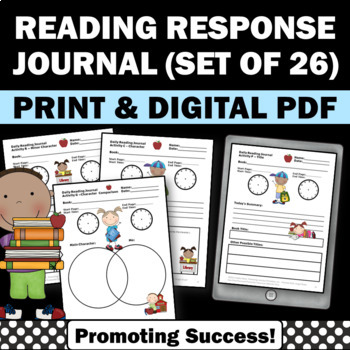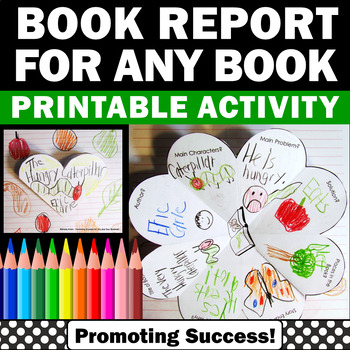Summer break is just around the corner, and while your students are undoubtedly excited for some well-deserved time off, you might be wondering how to keep them reading when school’s out. We all know that maintaining reading habits during the summer can help prevent that dreaded “summer slide,” but how do we make it engaging enough to compete with all the other fun summer activities? Here are five creative ways to keep your students turning pages all summer long!
1. Set Reading Goals that Motivate
Setting reading goals is a powerful way to encourage students to read more over the summer. Instead of just suggesting they read every day, help them set a specific, achievable goal—like reading a certain number of books, pages, or minutes per week. To make it even more motivating, incorporate a reward system. Some schools partner with community organizations to offer prizes for reading milestones, while others use online reading programs, like the Scholastic Summer Reading Challenge, to track progress and celebrate success.
2. Think Outside the Box
Reading doesn’t have to mean cracking open a traditional hardcover novel. Let your students know that reading a sports blog, a comic book series, or even the latest magazine about their favorite hobby counts, too! Encouraging students to choose reading materials that genuinely interest them can help build lifelong reading habits.
3. Connect Reading to Real-Life Adventures
Families can make reading more exciting by planning book-related outings. Visiting the library, a bookstore, or a nature trail that ties into a story’s setting can make books come alive. Pairing books with summer activities—for example, reading about space before a trip to a planetarium or exploring a book about sea creatures before a beach day—helps students see the connection between reading and real life.4. Build a Summer Reader Community
Keeping the social element of reading alive during the break helps maintain motivation. Older students might enjoy organizing their own book discussions with friends, while younger students can participate in family read-aloud sessions. Even a simple group text where students can share what they’re reading can create a sense of community.
5. Involve Families for Lasting Impact
Parents play an important role in encouraging summer reading. Sending home a list of suggested summer reads helps guide families in choosing books. A family reading challenge, where everyone tracks their reading and celebrates together at the end of the summer, can make the experience even more enjoyable.
Download free books for Kindle. Did you know your students can read Kindle books for free from any computer or mobile device?! Click HERE. Just download their book reader software for free.
When kids see the adults in their lives reading regularly, they are more likely to do the same. Shared reading time can also be a great way to wind down in the evenings.

Summer reading doesn’t have to be a struggle. By setting goals, exploring new types of reading, connecting stories to real life, fostering a sense of community, and involving families, students can stay engaged with books all summer long. Looking for resources to support your summer reading plans? Check out our summer reading charts and book unit activities to make planning easy!
What tips do you have for keeping students reading over the summer? Share your ideas in the comments below!

.png)

.png)




No comments:
Post a Comment
Please leave a comment below. Thank you!